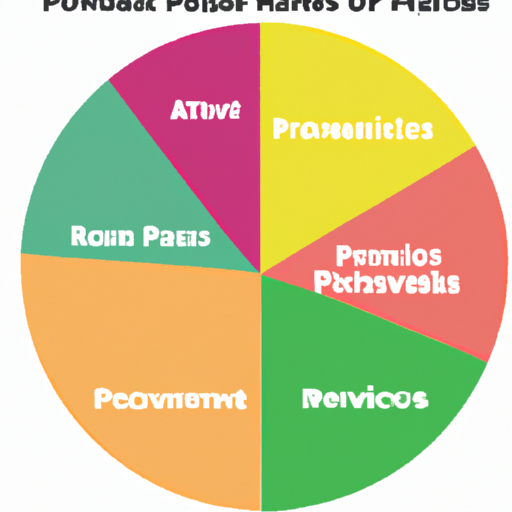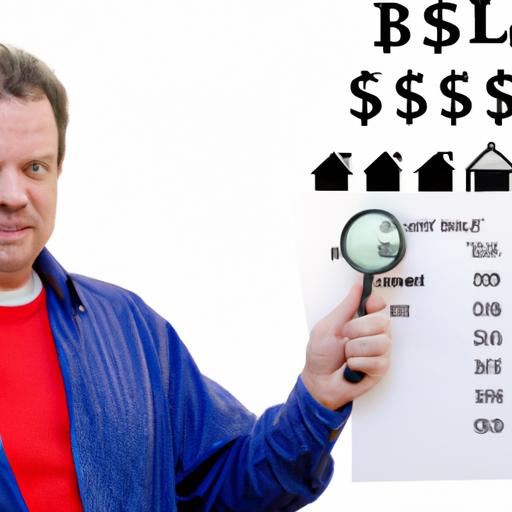This section explains the basics of property taxes, including how they are calculated based on assessed value and the tax rate. It also discusses exemptions and deductions that can reduce the amount owed. Factors that affect property tax rates are covered, along with tips for attractive valuations.
Property taxes can be a significant financial burden for homeowners, but understanding the ins and outs of calculating and assessing them can help you navigate this complex system and potentially save you money. In this comprehensive guide, we delve into the world of property taxes, starting with the basics and gradually unraveling the calculation process. We’ll also explore the various exemptions and deductions available to homeowners, as well as the factors that affect property tax rates. Finally, we’ll provide strategies for challenging your property tax assessment, giving you tools to potentially lower your tax burden. Whether you’re a first-time homeowner or a seasoned property owner, this guide will provide you with valuable information on how to crack the property tax code.
- 1. Understanding the Basics: An Introduction to Property Taxes
- 2. Solving the calculation: how property taxes are calculated
- 3. Navigating Exemptions and Deductions: Maximizing Property Tax Savings
- 4. Studying Property Tax Rates: Factors That Affect How Much You Pay
- 5. Property tax appeal strategies: tips for reducing the tax burden
1. Understanding the Basics: An Introduction to Property Taxes

Understanding the Basics: An Introduction to Property Taxes
Property taxes are an important source of revenue for local governments, helping to fund public services such as schools, roads, parks and emergency services. These taxes are levied on property owned by individuals, businesses and organizations based on the appraised value of the property. While property taxes can seem complicated, understanding the basics can help property owners navigate the system and make informed decisions.
In essence, property tax is determined by two key factors: the assessed value of the property and the tax rate. The assessed value is the estimated market value of the property as determined by the local assessment board. This value is usually re-evaluated periodically to ensure that it reflects current market conditions. On the other hand, the tax rate is set by the local government and is expressed as a percentage of the assessed value.
To calculate real estate tax, the assessed value is multiplied by the tax rate. For example, if the appraised value of a
2. Solving the calculation: how property taxes are calculated

When it comes to understanding property taxes, one of the most important aspects to figure out is how they are assessed. The calculation of property taxes involves a systematic approach that takes into account various factors.
The first step in calculating property tax is to determine the value of the property. This is usually done by a local appraiser who estimates the property’s market value based on its physical characteristics, location and recent sales prices for comparable properties in the area. The assessed value is often a percentage of the property’s market value, known as the assessment factor.
After determining the appraised value, the next step is to apply the tax rate. The tax rate is set by local governments, such as municipalities, counties or school districts, and is expressed as a percentage of the assessed value. This rate may vary significantly by jurisdiction and may vary based on budgetary needs and other factors.
To calculate the amount of property tax arrears, the assessed value is multiplied by the tax rate. for
3. Navigating Exemptions and Deductions: Maximizing Property Tax Savings

Navigating Exemptions and Deductions: Maximizing Your Property Tax Savings
When it comes to property taxes, understanding the various exemptions and deductions available can make a big difference in how much you owe. These exemptions and deductions are designed to provide relief to homeowners and reduce their tax burden. By taking advantage of these opportunities, you can maximize your savings and potentially lower your property tax bill.
One common exemption available in many jurisdictions is the homestead exemption. This exemption provides a reduction in property tax for individuals who use their property as their primary residence. Eligibility criteria and the size of the exemption vary from state to state, so it is imperative that you research the specific regulations in your area. Some states offer a flat dollar reduction, while others calculate the exemption as a percentage of the property’s assessed value.
Another exception to consider is the senior citizen exemption, which is often available to homeowners who are 65 or older. This exemption can provide additional tax savings to eligible seniors by allowing them to save more
4. Studying Property Tax Rates: Factors That Affect How Much You Pay

When it comes to property taxes, it’s important to understand the factors that affect the amount you pay. Property tax rates can vary greatly from place to place, and it’s important to be aware of the elements that determine those rates.
1. Local government budgets: property taxes are the main source of revenue for local governments. The amount of money needed to fund various services and infrastructure projects in a given area can have a significant impact on property tax rates. If a locality needs additional funds to support schools, public safety or other public services, property tax rates may increase.
2. Property Value: The assessed value of your property plays a crucial role in determining your property tax bill. Local appraisers estimate the value of your property based on factors such as its size, location and condition. Properties with a higher value usually result in higher tax bills because they contribute more to the overall tax base.
3. Tax credits and deductions: Many jurisdictions offer tax exemptions or deductions for certain types of property
5. Property tax appeal strategies: tips for reducing the tax burden

When it comes to property taxes, homeowners can find themselves burdened with assessments that seem unfair or excessively inflated. However, there are strategies available to appeal property tax assessments and potentially lower your tax burden. Here are some tips to consider:
1. Understand the Assessment Process: Before diving into the appeals process, it’s important to have a clear understanding of how property assessments are determined in your area. Familiarize yourself with local laws, regulations, and guidelines that govern property appraisals. This knowledge will help you navigate the appeal process more effectively.
2. Review the Property Appraisal: Carefully study the property appraisal to identify any errors or discrepancies. Check for errors in the size, condition or characteristics of the property. Also, compare your appraisal to similar properties in your area to determine if your appraisal is in line with market values. Gathering evidence to support your case is essential to a successful appeal.
3. Collect relevant evidence. To strengthen your appeal, gather evidence to support your claim of inaccuracy
In summary, understanding property taxes can be a complex and overwhelming task. However, by breaking down the basics, figuring out the calculation process, learning about exemptions and deductions, understanding property tax rates, and implementing assessment appeal strategies, people can gain a full understanding of property taxes and take control of their tax burden. By using the information provided in this guide, homeowners can maximize their savings and potentially lower their property tax bill. With the knowledge gained from this article, people can confidently navigate the world of property taxes and make informed decisions that will contribute to their financial well-being.
 Purex find
Purex find